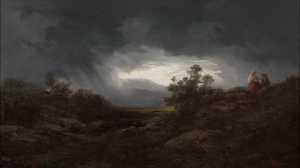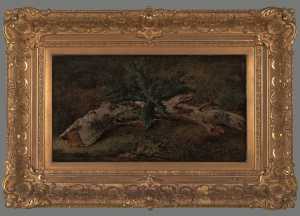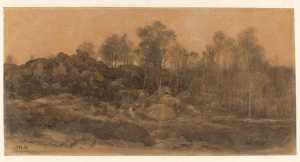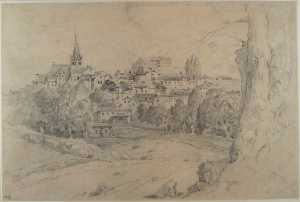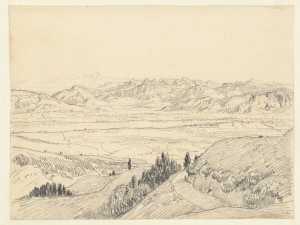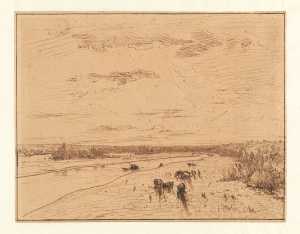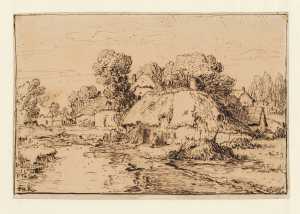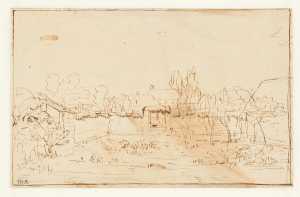Théodore Rousseau was trained as a classical historical painter, but quickly developed his own style by painting directly in the countryside. In 1836, Rousseau's work was rejected by the Salon for the first time, and more rejections were to follow. This earned him the title of 'Le grand refusé' (the Great Refused). In 1836, Rousseau decided to go to paint in Barbizon, a picturesque village in the wooded vicinity of Fontainebleau. From this developed the 'Barbizon School': a group of artists who followed him in Barbizon and specialised in landscape painting.

Théodore Rousseau
Parijs 1812 - Barbizon 1867




